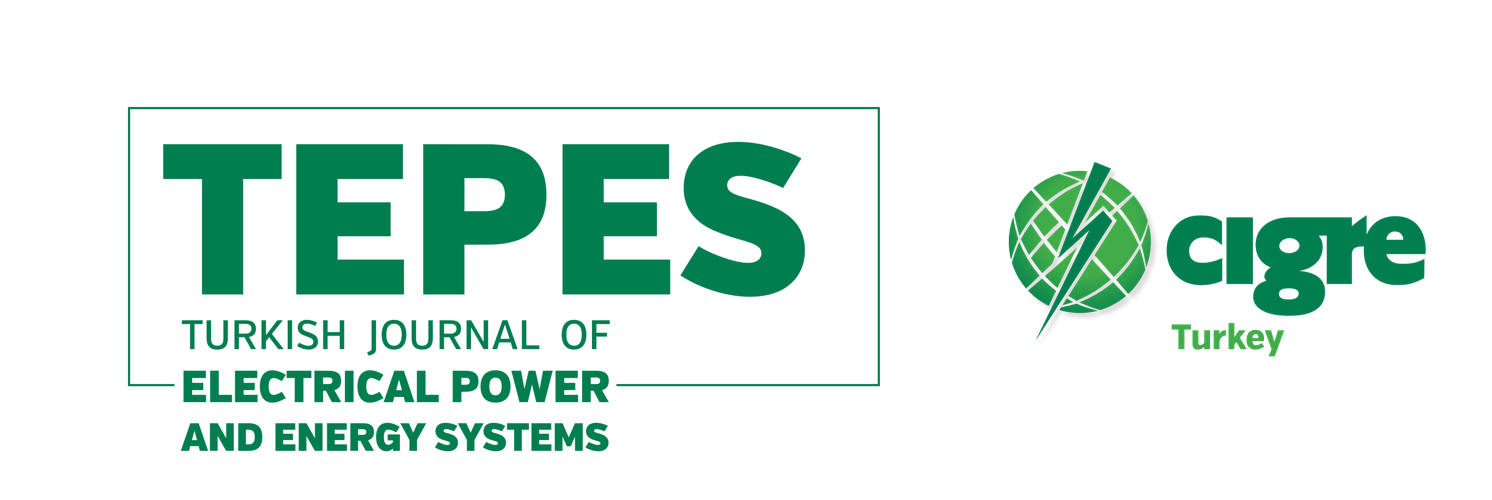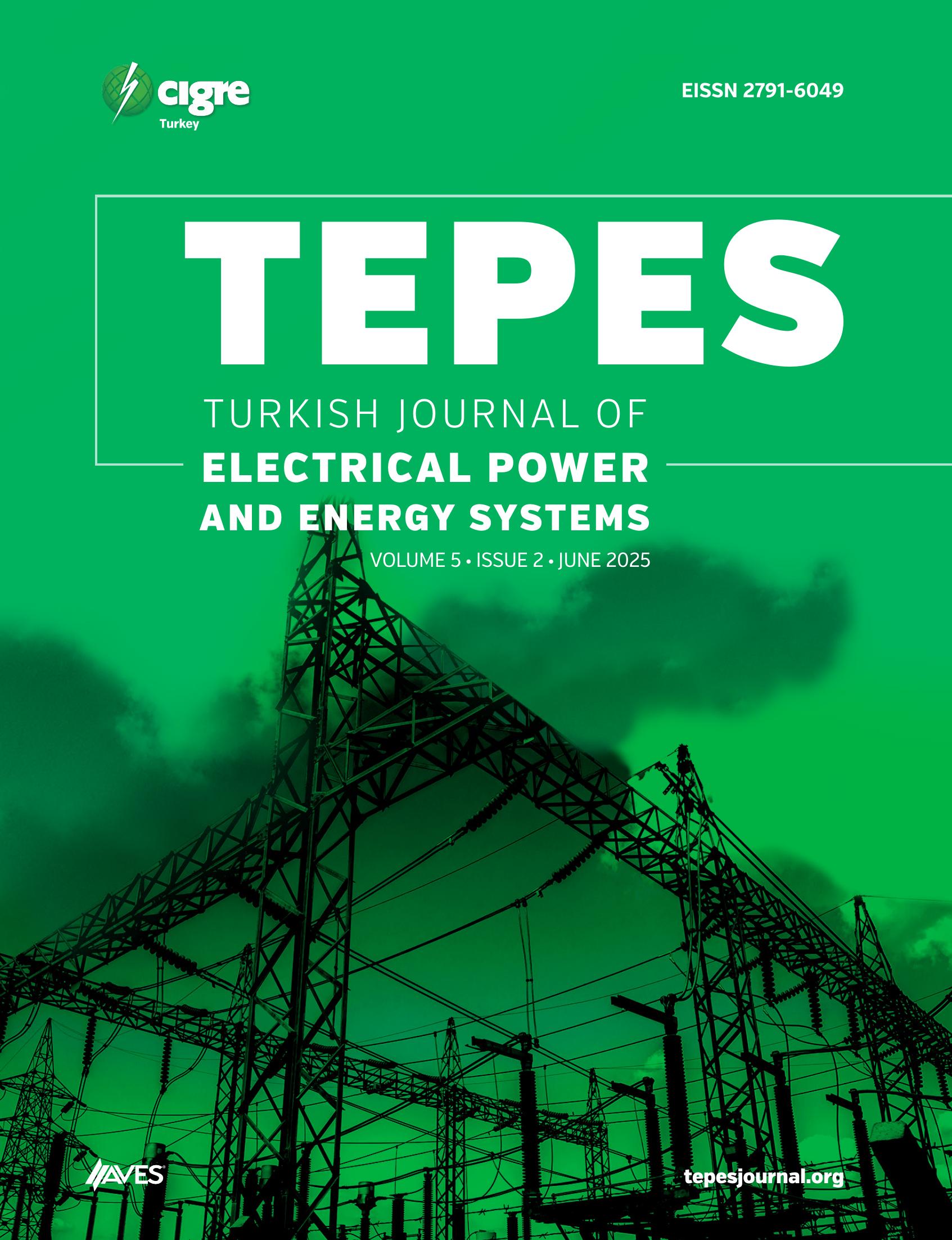This paper investigates outage management in electricity distribution networks through the application of artificial intelligence techniques. The core of the system utilizes a diverse dataset compiled from outage management system records, weather forecasts, and geographical data to predict potential electricity outages. The data is rigorously analyzed to determine correlations between various weather conditions and outage occurrences, with particular emphasis on the impact of wind speed and storm conditions. The predictive model, a cornerstone of this research, employs a hybrid artificial intelligence algorithm that integrates outputs from convolutional neural networks, recursive neural networks, and extreme gradient boosting. The predictions are further refined using a feedforward neural network and distributed to specific districts based on historical data trends. Comparative analysis against a naive model based on historical averages highlights the superior performance of the hybrid model, showcasing its reduced error rates and enhanced predictive accuracy. This decision support system not only provides reliable outage predictions but also facilitates more effective management strategies, thus improving operational efficiencies and customer service in electricity distribution. The findings underscore the potential of advanced analytics in transforming utility management and pave the way for further innovations in smart grid technology and outage prevention strategies.
Cite this article as: E. Avcı, “Hybrid artificial intelligence techniques for enhanced electricity outage prediction and management in distribution networks,” Turk J Electr Power Energy Syst., 4(2), 63-73, 2024.








